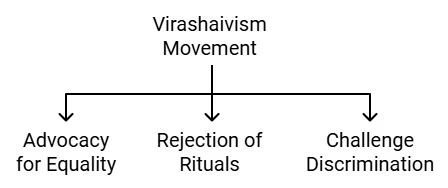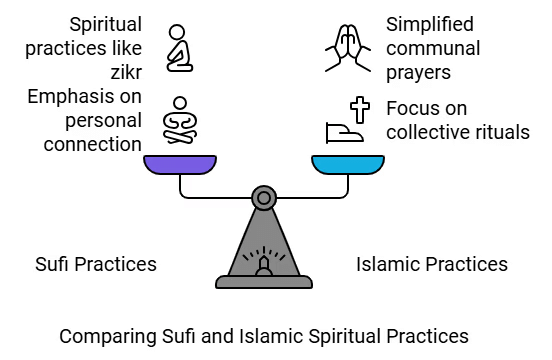NCERT Summary: Devotional Paths to the Divine (Class 7) | History for UPSC CSE PDF Download
Throughout history, people have explored various ways to connect with the divine. These paths often involve worship rituals, singing devotional songs like bhajans, kirtans, or qawwalis, and silently repeating the name of God.
For some, this deep connection can be so profound that it brings them to tears. Such intense devotion and love for the divine are rooted in the rich traditions of bhakti and Sufi movements, which have evolved since the eighth century.
The Idea of a Supreme God
Before large kingdoms existed, different groups of people worshipped their own gods and goddesses. As societies grew and people came together through towns, trade, and empires, new ideas started to form.
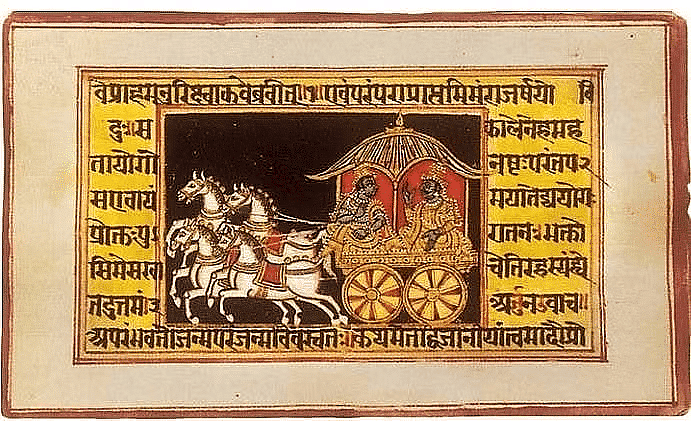 A page from a South Indian manuscript of the Bhagavad Gita
A page from a South Indian manuscript of the Bhagavad Gita
The Cycle of Birth and Rebirth
- One popular belief was that all living things go through cycles of being born, dying, and being reborn.
- People believed that they collected good and bad deeds (karma) throughout these cycles.
Social Inequality in Ancient Ideas
- Another common idea was that not all humans are born equal.
- Some believed that being born into a "noble" family or "high" caste granted social privileges.
- This belief was written about in many ancient texts, but not everyone agreed with it.
Reactions to Social Inequality
- Many felt uncomfortable with the idea of inequality.
- Some people turned to the teachings of Buddha and Jainas, who believed that personal effort could overcome social differences and the cycle of rebirth.
- Others were drawn to the idea of a Supreme God, a powerful deity who could free humans from this cycle if they worshipped with devotion (bhakti).
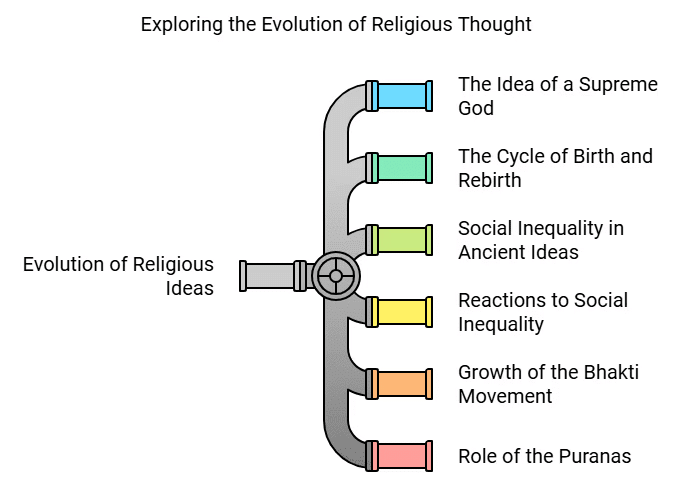
Growth of the Bhakti Movement
- The idea of a Supreme God grew in popularity in the early centuries of the Common Era.
- It is mentioned in the Bhagavad Gita, a sacred Hindu text.
- Worship of deities like Shiva, Vishnu, and Durga became central to later Hinduism, with rituals and stories connected to them.
Role of the Puranas
- Local myths and legends were incorporated into the stories of these deities.
- The Puranas (sacred texts) described methods of worship, which became part of local traditions.
- The Puranas also emphasized that anyone, regardless of caste, could receive God’s grace through devotion.
Influence of Bhakti on Other Religions
- The idea of bhakti became so popular that even Buddhists and Jainas began to adopt similar beliefs, blending with their own teachings.
A New Kind of Bhakti in South India - Nayanars and Alvars
The seventh to ninth centuries saw the emergence of a new religious movement led by Nayanars (saints devoted to Shiva) and Alvars (saints devoted to Vishnu). These saints promoted passionate devotion to Shiva or Vishnu as the path to salvation.
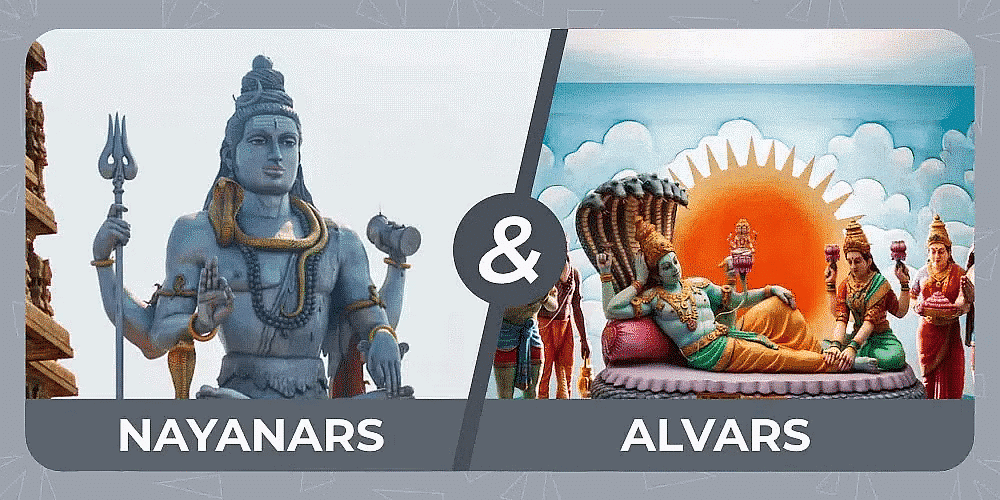
Criticism of Other Religions
- The Nayanars and Alvars were critical of Buddhists and Jainas, rejecting their teachings.
- They emphasized deep, personal love and devotion to their deities as the true way to achieve spiritual liberation.
Traveling Poets and Devotional Songs
- Nayanars and Alvars traveled from village to village, composing beautiful poems of praise dedicated to the deities worshipped in those places.
- These poems were set to music, creating a strong connection between poetry, music, and devotion.
Strengthening Bhakti and Temple Worship
- Between the tenth and twelfth centuries, the Chola and Pandya kings built magnificent temples around the shrines visited by these saint-poets.
- This further strengthened the link between bhakti traditions and temple worship.
Compilation of Poems and Biographies
- The poems composed by the Nayanars and Alvars were later compiled into sacred collections.
- Hagiographies (religious biographies) of these saints were also written during this time, helping preserve their legacy.
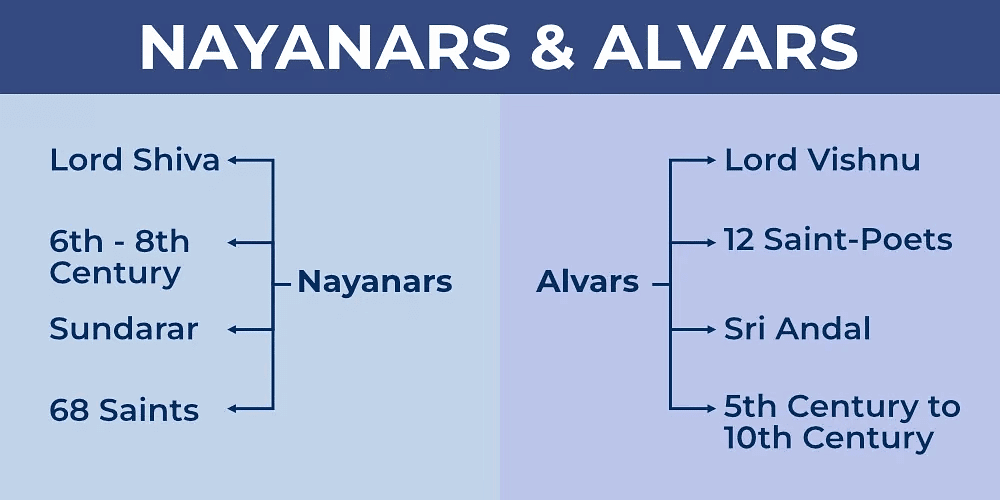
Nayanars: Devotees of Shiva
- There were 63 Nayanars, who were part of different caste backgrounds such as potters, workers, peasants, hunters, soldiers, Brahmanas, and chiefs.
- The most famous Nayanars were Appar, Sambandar, Sundarar, and Manikkavasagar.
- Their songs were compiled into two collections called Tevaram and Tiruvacakam.
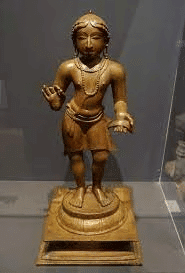 A bronze image of Manikkavasagar
A bronze image of Manikkavasagar
Alvars: Devotees of Vishnu
- There were 12 Alvars, who also came from diverse backgrounds.
- The well-known Alvars include Periyalvar, his daughter Andal, Tondaradippodi Alvar, and Nammalvar.
- Their songs were compiled in a collection called Divya Prabandham.
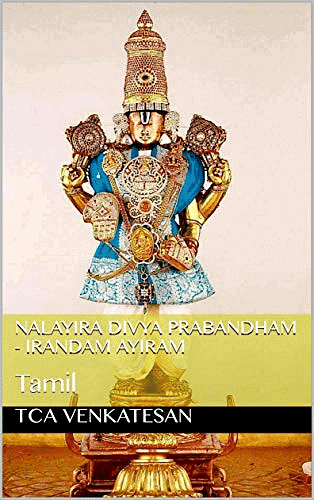 Divya Prabandham (Tamil Edition)
Divya Prabandham (Tamil Edition)
Philosophy and Bhakti
Advaita Vedanta: Shankara’s Teachings
- Shankara was a famous philosopher born in Kerala in the eighth century.
- He promoted Advaita Vedanta, which teaches that the individual soul (Atman) and the Supreme God (Brahman) are one and the same.
- According to Shankara, Brahman is the Ultimate Reality, which is formless and without attributes. He believed that the world we see around us is an illusion or maya.
- Shankara emphasized that renouncing worldly pleasures and following the path of knowledge are the ways to understand the true nature of Brahman and achieve salvation.
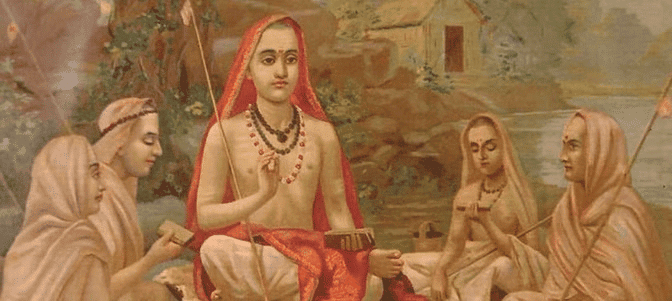 Advaita Vedanta
Advaita Vedanta
Ramanuja and Vishishtadvaita
- Ramanuja, born in Tamil Nadu in the eleventh century, was greatly influenced by the Alvars, the saints devoted to Vishnu.
- He believed that intense devotion to Vishnu was the best way to attain salvation. According to Ramanuja, Vishnu, in His grace, helps the devotee achieve a blissful union with Him.
- Ramanuja proposed the doctrine of Vishishtadvaita, or qualified oneness, which means that even though the soul is united with the Supreme God, it remains distinct.
- His teachings had a significant impact on the development of a new form of bhakti in north India.
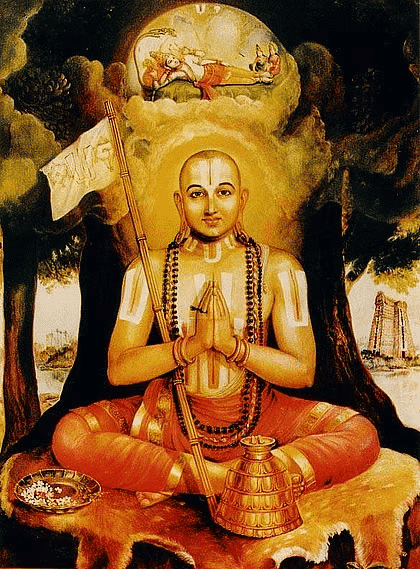
Basavanna’s Virashaivism
In the mid-twelfth century, a new religious movement called Virashaivism arose in Karnataka. This movement was led by prominent figures such as Basavanna, Allama Prabhu, and Akkamahadevi.
Core Beliefs of Virashaivism
- Equality for All: The Virashaivas strongly advocated for the equality of all people, rejecting the traditional Brahmanical ideas about caste and the treatment of women.
- Rejection of Rituals: They opposed all forms of ritual and idol worship, focusing instead on egalitarian values.
- Challenging Discrimination: The movement was a response to existing beliefs, promoting the idea that everyone should be treated equally regardless of caste or gender.
Bhakti Movement in the Deccan
Between the 13th and 17th centuries, Maharashtra saw the rise of several saint-poets, including Janeshwar, Namdev, Eknath, and Tukaram. Notable women saints included Sakkubai and members of Chokhamela’s family from the "untouchable" Mahar caste.
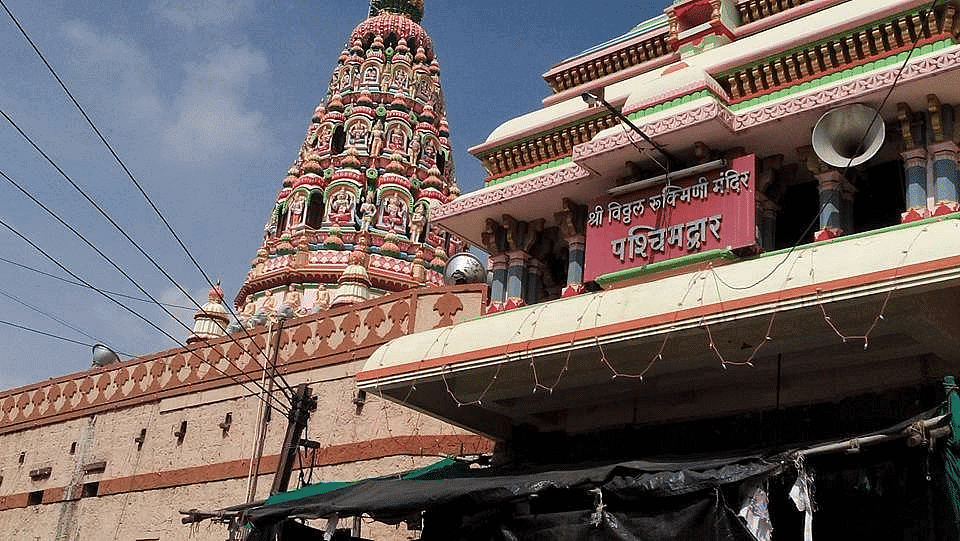 Vitthal Rukmini Mandir
Vitthal Rukmini Mandir
Teachings and Lifestyle
- Devotional Verses: These saints composed devotional poems in simple Marathi, focusing on the Vitthala temple in Pandharpur.
- Rejection of Ritualism: They rejected ritualistic practices and social distinctions, choosing instead to live with their families, earn a livelihood, and serve humanity.
- Compassion and Engagement: Their bhakti tradition emphasized a personal connection with God and a deep sense of compassion for others. They believed that true Vaishnavas are those who understand and share in the suffering of others.
Vitthal Rukmini Mandir
- Some of these saints came from lower castes and rejected all forms of ritualism, outward piety, and social differences based on birth.
Nathpanthis, Siddhas, and Yogis
Nathpanthis, Siddhacharas, and Yogis were groups that were dissatisfied with conventional rituals and societal rules.
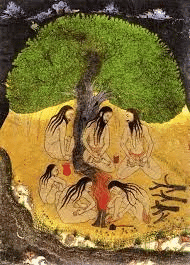 A fireside gathering of ascetics
A fireside gathering of ascetics
Beliefs and Practices
- They believed in renouncing worldly possessions and focusing on deep meditation to achieve inner peace.
- Their practice involved meditating on a powerful force to feel a connection and find tranquility.
- They also emphasized the importance of training both the mind and body through activities like yogasanas (yoga poses).
Appeal to Lower Castes
- Many people from lower castes were drawn to these new ideas because they offered an alternative to traditional religious practices.
- By challenging established norms, these groups played a key role in shaping a new form of religion that became influential in northern India.
Islam and Sufism
Influence and Beliefs
- Shared Ideas: Sants (saints) and Sufis, who were Muslim mystics, shared many ideas and likely influenced each other.
- Sufi Beliefs: Sufis focused on love and devotion to God, rejecting outward displays of religiosity. They emphasized compassion for all humans and sought a deep, personal connection with God, similar to a lover's bond with their beloved.
- Islamic Practices: Islam promoted strict monotheism, rejected idol worship, and simplified rituals into collective prayers. The Shariat (holy law) was developed to guide these practices.
- Sufi Practices: Sufis rejected elaborate rituals and sought union with God through spiritual practices like zikr (chanting), sama (singing), raqs (dancing), and breath control under a master or pir.
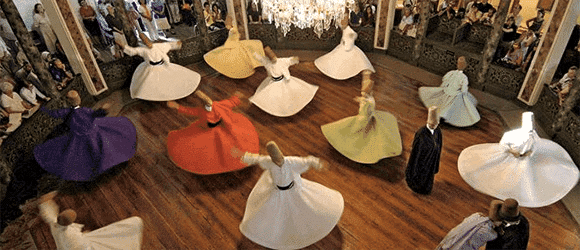 Islam and Sufism
Islam and Sufism
Sufi Influence and Presence
- Central Asia to Hindustan: Many Sufis from Central Asia settled in the Indian subcontinent (Hindustan) from the eleventh century onward, especially with the rise of the Delhi Sultanate.
- Chishti Order: The Chishti order was a major Sufi group with influential teachers such as Khwaja Muinuddin Chishti, Qutbuddin Bakhtiar Kaki, Baba Farid, Khwaja Nizamuddin Auliya, and Bandanawaz Gisudaraz.
- Khanqahs: Sufi masters held assemblies in hospices known as khanqahs, where people from all walks of life, including royalty, gathered to discuss spiritual matters, seek blessings, and participate in music and dance sessions.
Sufi Mysticism
- Miraculous Powers: Sufi masters were often believed to have miraculous powers, and their tombs or dargahs became pilgrimage sites for people of all faiths.
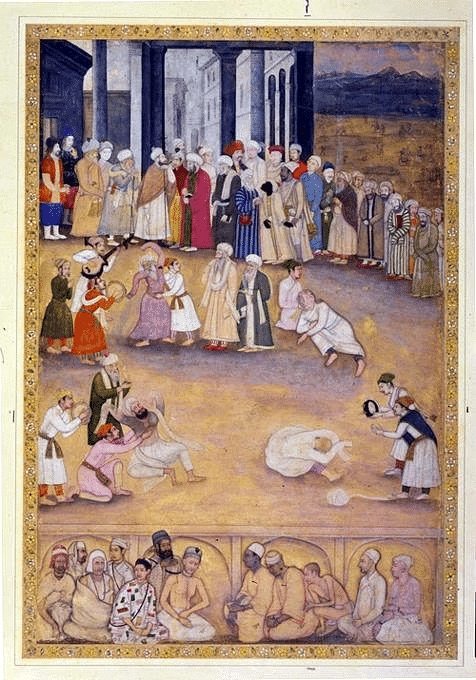 Mystics in ecstasy
Mystics in ecstasy
- Literary Contributions: Like saint-poets, Sufis expressed their feelings through poetry and contributed to a rich body of literature including anecdotes and fables.
- Spiritual Training: Sufis believed in training the heart to perceive the world differently and followed various lineages (silsilas) with different approaches to spiritual training and rituals.
New Religious Developments in North India
After the 13th century, a new wave of the bhakti movement swept through north India, influenced by Islam, Brahmanical Hinduism, Sufism, various strands of bhakti, and groups like Nathpanths, Siddhas, and Yogis.
- During this time, new towns and kingdoms were emerging, and people were taking up different professions. Craftspersons, peasants, traders, and laborers were particularly interested in the teachings of the saints.
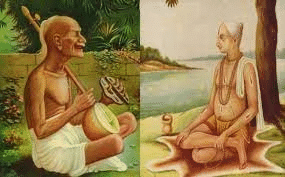 Tulsidas and Surdas
Tulsidas and Surdas - Saints like Kabir and Baba Guru Nanak rejected orthodox religions, while others like Tulsidas and Surdas accepted existing beliefs but aimed to make them accessible to everyone.
- Tulsidas viewed God in the form of Rama and wrote the Ramcharitmanas in Awadhi, expressing his devotion and creating a significant literary work.
- Surdas, an ardent devotee of Krishna, composed devotional songs compiled in the Sursagara, Surasaravali, and Sahitya Lahari.
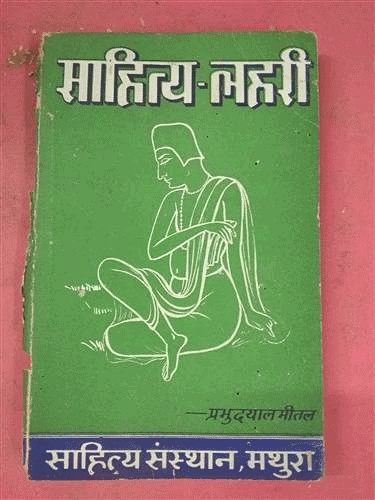 Sahitya Lahari
Sahitya Lahari - Shankaradeva emphasized devotion to Vishnu and started the tradition of namghars or houses of recitation and prayer in Assam.
- Dadu Dayal, Ravidas, and Mirabai were also part of this tradition. Mirabai, a Rajput princess, defied norms by becoming a disciple of Ravidas and composing bhajans expressing her intense devotion to Krishna.
- A unique feature was that most saints composed their works in regional languages that could be sung. These songs, transmitted orally, became immensely popular, especially among the poorest and most deprived communities and women. The songs evolved as generations added their own experiences, becoming an integral part of living popular culture.
A Closer Look: Kabir
Kabir, an influential saint who lived around the 15th-16th centuries, came from a Muslim weaver family near Benares (Varanasi).
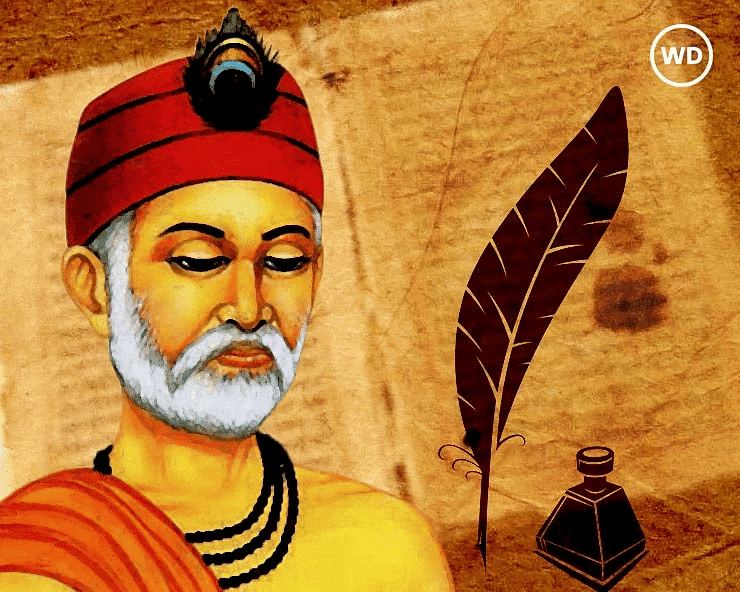 Sant Kabir
Sant Kabir
- We have little reliable information about Kabir's life; his ideas come from verses called sakhis and pads, sung by wandering bhajan singers. Some were later collected in texts like Guru Granth Sahib, Panch Vani, and Bijak.
- Kabir strongly rejected major religious traditions, openly ridiculing external worship in Brahmanical Hinduism and Islam, as well as the priestly classes and caste system.
- Kabir's poetry used a form of spoken Hindi, making it easily understood by ordinary people. He sometimes used cryptic language, making his teachings challenging to follow.
- Kabir believed in a formless Supreme God and preached that the only path to salvation was through bhakti or devotion.
- Kabir's followers included people from both Hindu and Muslim communities.
A Closer Look: Baba Guru Nanak
Baba Guru Nanak (1469-1539) was born in Talwandi (Nankana Sahib, Pakistan) and traveled extensively before establishing a center at Kartarpur.
 Guru Nanak Dev ji
Guru Nanak Dev ji
- His followers gathered there to worship and sing his hymns, and they ate together in a common kitchen called langar.
- The sacred space created by Baba Guru Nanak was known as dharmsal, now called Gurdwara.
Succession and Compilation
- Before his death, Baba Guru Nanak appointed Lehna as his successor, who became known as Guru Angad.
- Guru Angad compiled the compositions of Baba Guru Nanak, added his own, and created a new script called Gurmukhi.
- The successors of Guru Angad also wrote under the name of "Nanak," and "Guru Arjan" compiled their compositions in 1604.
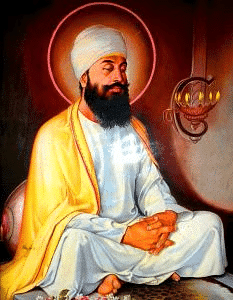
- The compilation included writings from other figures like Shaikh Farid, Sant Kabir, Bhagat Namdev, and Guru Tegh Bahadur.
- Guru Gobind Singh authenticated this compilation in 1706, known as Guru Granth Sahib, the holy scripture of the Sikhs.
Expansion of Followers and Political Development
- Baba Guru Nanak's followers increased during the sixteenth century under his successors, with various caste backgrounds, but traders, agriculturists, artisans, and craftsmen were prominent.
- Baba Guru Nanak emphasized that his followers should be householders, engage in productive occupations, and contribute to the community's funds.
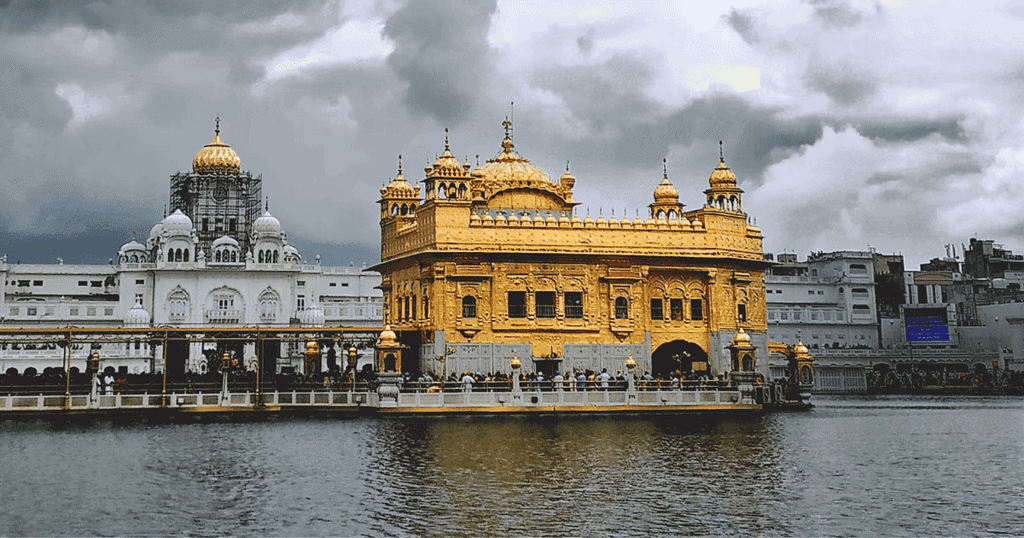
- Amritsar developed around the central Gurdwara, Harmandar Sahib (Golden Temple), and became a virtually self-governing town by the early seventeenth century.
- The Sikh community became a potential threat in the eyes of Mughal emperor Jahangir, leading to the execution of Guru Arjan in 1606.
- The seventeenth century witnessed the politicization of the Sikh movement, culminating in the institution of the Khalsa by Guru Gobind Singh in 1699, establishing the Khalsa Panth as a political entity.
Baba Guru Nanak's Teachings
- Baba Guru Nanak's ideas greatly influenced the development of the Sikh movement, focusing on the worship of one God and rejecting distinctions of caste, creed, and gender to attain liberation.
- He advocated an active life with social commitment, emphasizing right worship, the welfare of others, and purity of conduct.
- His teachings are now remembered as nam-japna (right belief and worship), kirt-karna (honest living), and vand-chhakna (helping others).
- Baba Guru Nanak's idea of equality had social and political implications, distinguishing the history of his followers from other religious figures like Kabir, Ravidas, and Dadu, despite their similar ideas.
Important Dates
- 1469-1539 – The period of Baba Guru Nanak.
- 1539 – Baba Guru Nanak died.
- 1604 – Guru Arjan compiled all the compositions written by the three successors of Guru Angad.
- 1606 – Guru Arjan was executed.
- 1699 – The Khalsa was instituted by Guru Gobind Singh.
|
210 videos|839 docs|219 tests
|
FAQs on NCERT Summary: Devotional Paths to the Divine (Class 7) - History for UPSC CSE
| 1. What is the significance of Nayanars and Alvars in the context of Bhakti in South India? |  |
| 2. How did Basavanna contribute to the development of Virashaivism? |  |
| 3. What are the core beliefs of Sufism in relation to Islam? |  |
| 4. Who was Kabir, and what was his role in the devotional movement? |  |
| 5. What are the main teachings of Baba Guru Nanak and their impact on society? |  |


